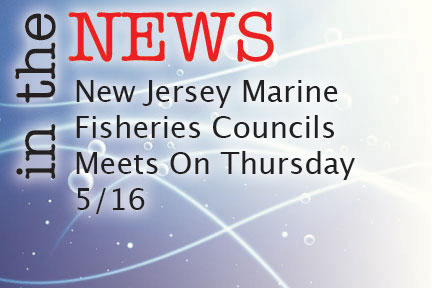A recent piece by Joe Zimmermann, science writer with the Maryland Department of Natural Resources (DNR), reveals how anglers across the state of Maryland are seeing more and more blue catfish. An invasive species, the blue cats reached Maryland waters in the 1990s and 2000s, and according to Zimmerman, their spread is a growing concern for scientists and fisheries managers.
“The invasive species is quickly becoming abundant in Maryland’s rivers and outcompeting native fish for food and habitat,” said Zimmerman, adding “Blue catfish are preying on blue crab, menhaden, American eel, and other economically and ecologically important species.”
According to the article, commercial landings of blue catfish skyrocketed in the Potomac River and Maryland waters, from 609,525 pounds in 2013 to 4.2 million pounds in 2023, an increase of more than 500%. Looking at Virginia rivers, surveys in portions of the James and Rappahannock rivers have found blue catfish making up 75% of the total fish biomass—or 3 out of every 4 pounds of fish.
“With the severity of the problem, blue cats have quickly shot up as a priority among Maryland’s big three invasives, which include northern snakehead and flathead catfish, and are a focus for increasing management efforts and targeted fishing in order to contain the fish,” Zimmerman wrote. A 2018 study on the stomach contents of blue catfish found that specimens in the James River consumed 80 different species, from fish and mollusks to birds and turtles. DNR monitoring on the Patuxent River has found blue catfish to eat about 40 species—as well as rocks, chicken bones, a doll arm, an entire 16-ounce Coke bottle and electronic parts.
According to Zimmerman, blue catfish disrupt the balance of the ecosystems they enter and directly target species of economic value and conservation concern. Using data on blue catfish diet and abundance, researchers in 2023 estimated that blue catfish prey on 441 tons of blue crab in the James River alone each year, as well as 108 tons of menhaden and 68 tons of American eel in the same river.
Maryland’s DNR is now awarding grants for proposals on the removal of invasive fish, and a number of recreational fishing groups are holding blue catfish-specific tournaments this year. The Maryland Department of Agriculture is increasing its marketing of wild-caught Chesapeake blue catfish to chefs, consumers, restaurants, grocery stores, and distributors to encourage more people to buy, eat, and sell the fish.
According to Zimmerman, with how established blue catfish have already become in local waters, scientists tend to think it is now a question of fisheries management, rather than ever fully getting rid of the species.
“Eradication is just not possible,” said Mary Fabrizio, a professor at the Virginia Institute of Marine Science. “The best option we have is control,” she added.


